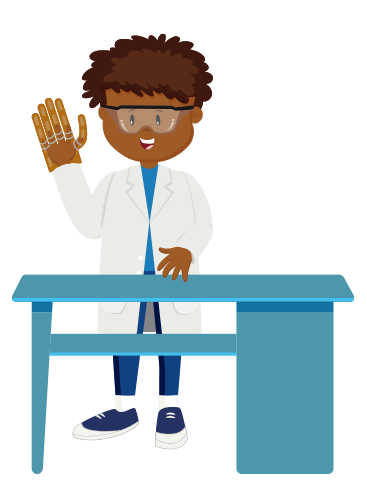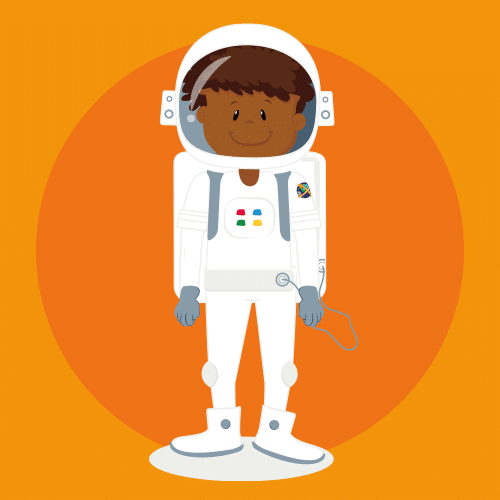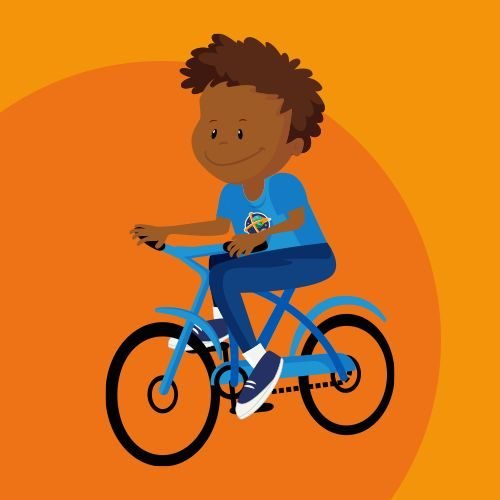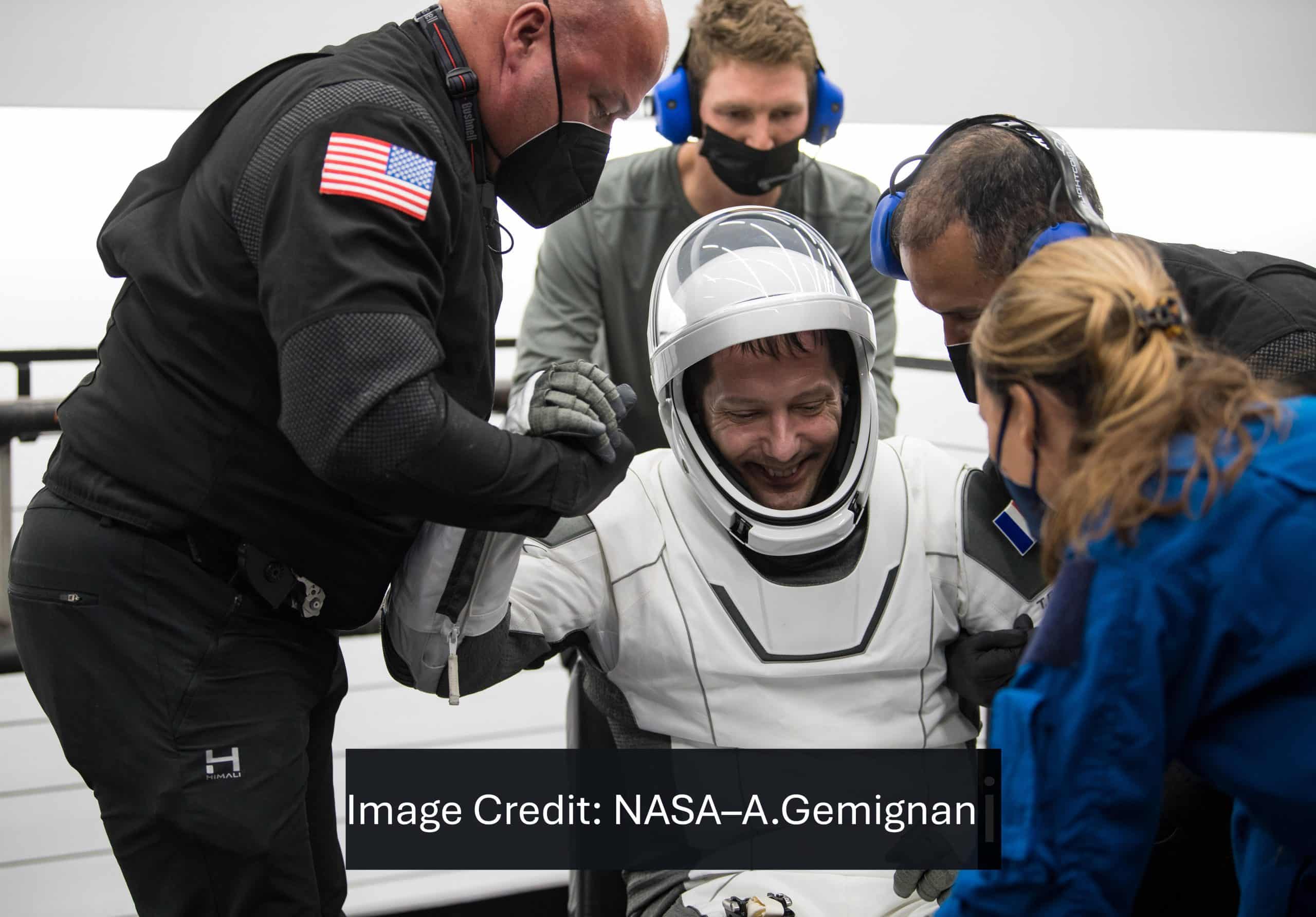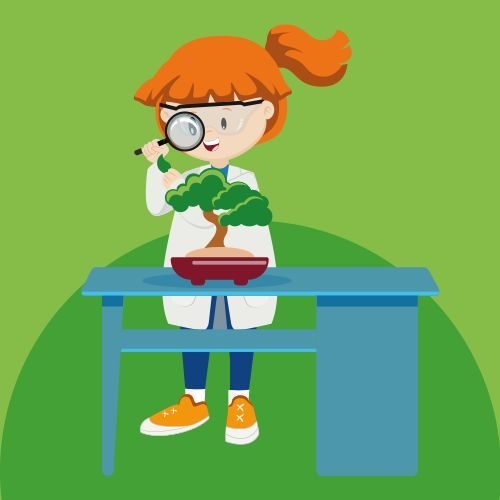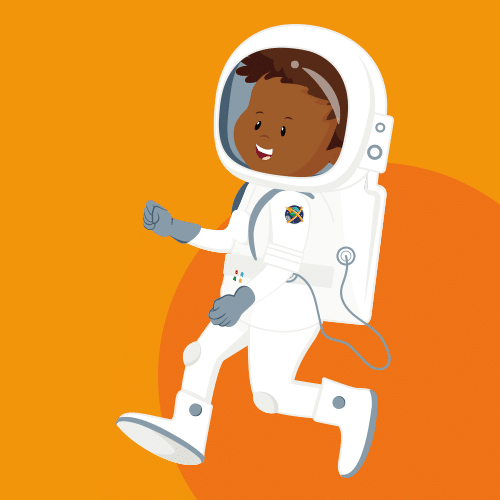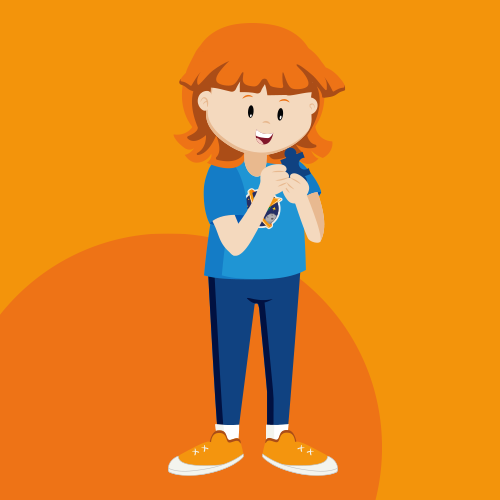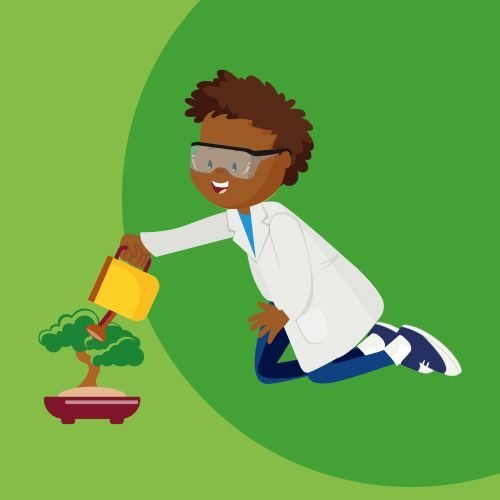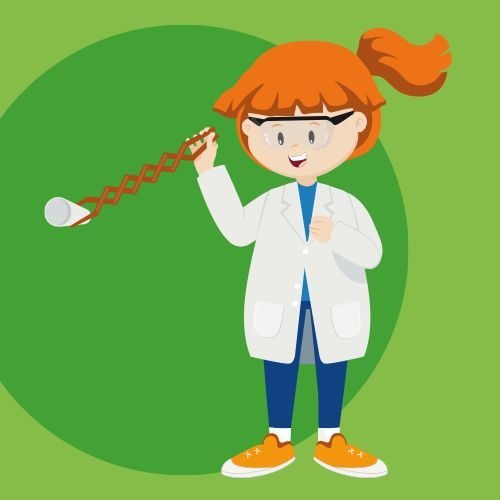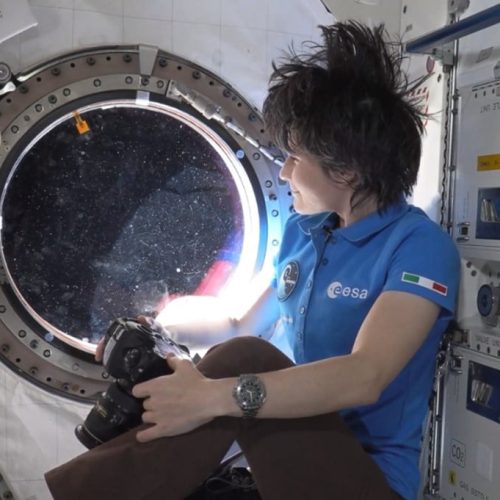Bionic Hand
Your Mission: Explore the anatomy of the hand and build a bionic hand from cardboard.
- Understand how the human hand works
- Learn that science and medicine use bionic prosthetics to substitute parts of the human body that are not working properly or are missing
- Learn that scientists use the human body as inspiration to build tools, such as hands and arms in hostile environments like space or the deep ocean
- Explore and test ideas building a simple machine in a group
- Activity 1:
- Student worksheet printed for each student
- Pencil
- Activity 2:
- Cardboard
- Film tape
- Glue
- Scissors
- Strings
- Rubber bands (thin and thick)
- Straws
- Student worksheet printed for each student
- Annex 1 printed for each group
- Activity 3:
- Student worksheet printed for each student
- Pencil
Explore more Mission X activities!
In microgravity, astronauts love to perform spectacular somersaults. Here on Earth it’s not so easy, but it certainly is fun! …
Your Mission: Train with a cycle to improve leg muscles, cardio-vascular fitness and endurance. One exercise device that is regularly …
Your mission: Just like astronauts who sometimes have to avoid space debris, you will become aware of human-caused pollution in …
Votre mission: Effectuer un parcours d’obstacle en fauteuil roulant pour développer votre coordination et votre endurance. This resource was created …
Your Mission: Identify which plants are suitable for growing in space as a good source of nutrition for astronauts. Food …
Did you know that jumping might be a key activity in keeping astronauts healthy in space? Try some jump rope …
Your Mission: Assemble a puzzle quickly and correctly to understand the importance of dexterity and hand-eye coordination. When working with …
Your Mission: Investigate which factors affect plant growth, and relate these factors to growing plants in space. All the things …
Your Mission: Design and build a robotic arm to perform some simple tasks. To help out in space, scientists have …
Your Mission: Follow Samantha’s routine on the ISS for one week and compare her daily tasks to yours. Observe your …
Tag:Human Body, Problem-solving, Science

